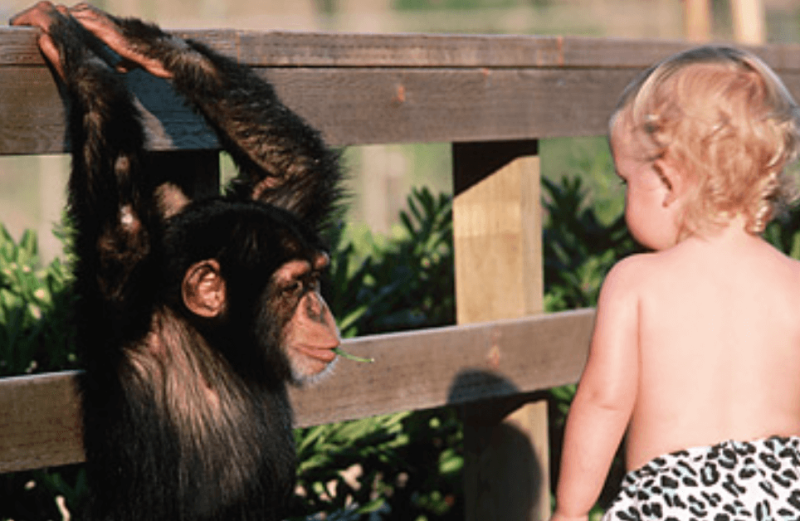Have you ever guessed what dish your significant other would order at a restaurant before they even picked up the menu? If so, congratulations, you’ve engaged in a behavior that some researchers believe might be “uniquely human.”
In a new paper, published [January 17] in PLOS ONE, a team of scientists found that young children from diverse cultural backgrounds have the ability to anticipate other peoples’ food preferences—but nonhuman great apes do not. “It’s a question of social cognition,” says Juliane Kaminski, a comparative psychologist at the University of Portsmouth and a co-author of the study. “We are basically asking about theory of mind.”
“Theory of mind” refers to an individual’s ability to understand that others have emotions, thoughts and desires that are unique from their own.
Kaminski and her co-authors recruited 71 children from three different countries: Samoa, Namibia and Germany. They also tracked down 25 captive great apes representing the four species most closely related to humans: bonobos, chimpanzees, orangutans and gorillas. Then the researchers ran both groups through a test that involved three food choices, which the team ranked from most to least desirable.
…
Great apes, however, showed no such courtesy. When the researchers ran a similar food preference test with chimpanzees, bonobos, gorillas and orangutans, they found that the primates did not take the desires of human volunteers into account.































